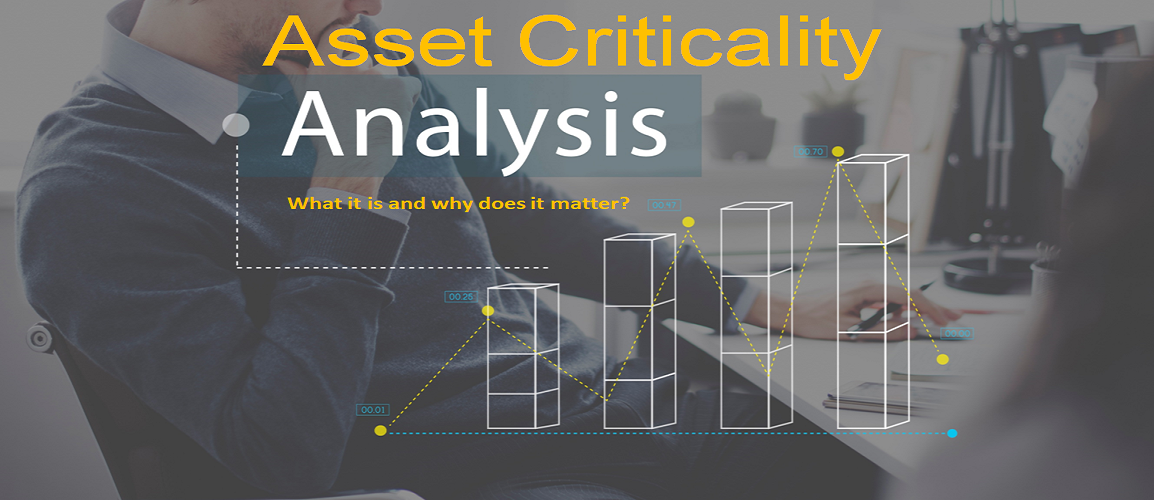INTRODUCTION
In this week’s article we are going to discuss asset criticality analysis (ACA). ACA is not a new concept as such the intention of this article is not to teach the reader how to perform ACA since much material has already been written on the subject. However, we do provide a high-level guide on the ACA process, and then enrich the reader’s understanding on other ACA methodologies which have not been widely and exhaustively presented. As a specialist physical asset management consultancy, we are committed to uncovering emerging research in the physical asset management. To ensure alignment and common understanding on what is meant when we refer to terms asset, physical assets, or an asset system, we summon ISO55000:2014 Asset Management – overview, principles, and terminology, for their respective definitions.
DEFINITION OF KEY TERMS
Asset: an “item, thing or entity that has potential value to an organisation.”
Asset system: a “group of interacting or interrelated assets.”
Physical asset: it’s “equipment, inventory and properties owned by the organisation. Physical assets are the opposite of intangible assets, which are non-physical assets such as leases, brands, digital assets, use rights, licences, intellectual property rights, reputation, or agreements.”
Criticality analysis: a process of assigning a criticality ranking to assets based on an asset’s significance to the business, potential risk, and failure consequences against criteria such as, but not limited to, safety, environment, production, costs, etc. However, criticality analysis is not yet standardised.
Risk: “the effect of uncertainty on an organisation’s ability to meet its objectives.”
SETTING THE SCENE
Asset failures are widely considered as one of the main causes of major accidents in chemical, refineries, and oil and gas industries such as fires, explosions, and toxic gas releases and environmental spillages. Assets criticality analysis (ACA) is, therefore, vital to prevent such accidents. Similarly, other asset-intensive industries, such as mining, manufacturing, and construction industry, do experience major catastrophes that lead to costly production disruptions. Physical asset failures are amongst the primary causes of these disruptions. Therefore, implementing proper asset management plans, including continuity plans, is crucial for business continuity in these and other industries. However, companies often face severe resource limitations when implementing these plans for all their physical assets. Therefore, asset systems that are vital for providing key products should be identified. Moreover, sustainability and resilience are inseparable parts of an organisations’ strategies, including strategic asset management plans.
Profit-making businesses exist to meet a need for a particular product, commodity, or service by society, thereby, generate and maximise profits and return shareholder value. Mega investments in physical assets (fixed & mobile machinery and equipment used to produce products and services) are made by business. Business executives and asset owners alike desire to attain a positive return on investment (ROI) made and are constantly looking for answers to these burning questions, but not limited to:
- How can we accomplish our strategic goals (mission objectives)?
- How do we attain and sustain competitive advantage?
- How do we curtail financial losses from investments made (preserve investment)?
- How do we keep physical assets operating reliably, effective, efficient, and at high availability?
- Which assets are critical to the attainment of our mission objectives (asset criticality analysis)?
There are a multitude of questions that business Executives, HOD’s (Operations, Maintenance, Reliability), Section or Plant Managers, Engineers, Supervisors, etc. are constantly faced with across their differing levels – ranging from strategic, operational and execution. To delimit our focus in article, we are going to provide a discussion that seeks to provide answers to the last question on the list above, i.e., asset criticality. The next section will provide a definition and objectives of asset criticality analysis.
ASSET CRITICALITY ANALYSIS
Asset criticality analysis (ACA) is a systemic procedure that ensures that asset systems are objectively prioritised according to their relative importance to assist the business meet its mission objectives. Evidence from industrial practices reveals that, although asset criticality changes over time due to dynamic operating environments, current criticality analysis techniques both from literature and practice cannot deal with this dynamicity. Understanding the dynamic nature of asset criticality is, therefore, key to ensure maintenance plans are consistently aligned to the business needs. Insights from dynamicity of criticality provides asset owners the ability to better withstand, respond and recover from asset failure events, thereby, improve the resilience of their asset portfolio.
OBJECTIVE
From an asset management point of view, asset criticality analysis objectives include, but not limited to:
- alignment and prioritisation of management decisions based on business drivers
- input on the RCM process for determination of most suitable maintenance strategies
- maintenance strategy optimisation
- prioritises asset health management & defects elimination efforts
- determines the type and level of critical spares / inventory to be purchased
- focusses maintenance resources & efforts to extend the service life of critical assets
- prioritises scheduled maintenance work and raised notifications
- capital investment prioritisation
- sustainable delivery of value and enhancement of business’s competitive advantage.
Understanding the criticality of your asset system matters; it’s the essential first step in creating and optimising your asset maintenance strategies, as well as managing risks to business objectives. Two identical assets at different locations in the same facility may have different levels of criticality, depending on their function.
OVERVIEW OF TRADITIONAL ASSET CRITICALITY ANALYSIS
ASSET CLASIFICATION AND ASSESSMENT LEVEL
ACA enables plant personnel to define the criticality of assets based on the worst likely case consequence of failure of the asset. ACA can be assessed at asset, sub-asset, and maintainable item/component levels. Asset classification, as prescribed by ISO14224:2006, is commonly used.
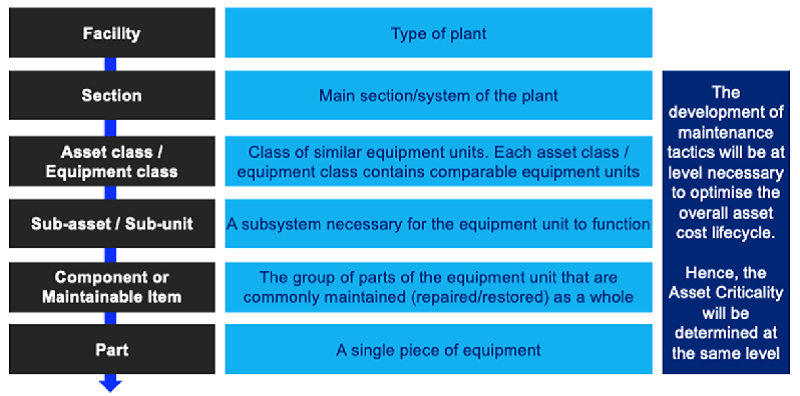
Figure 1: Asset classification hierarchy.
FAILURE MODES EFFECTS AND CRITICALITY ANALYSIS (FMECA)
ACA can be triggered by either a new system / asset installation or changes to existing assets or operating environment. Risk (probability and consequence of failure) is determined using a risk matrix, a typical matrix is shown in Figure 2 (for illustration purposes).
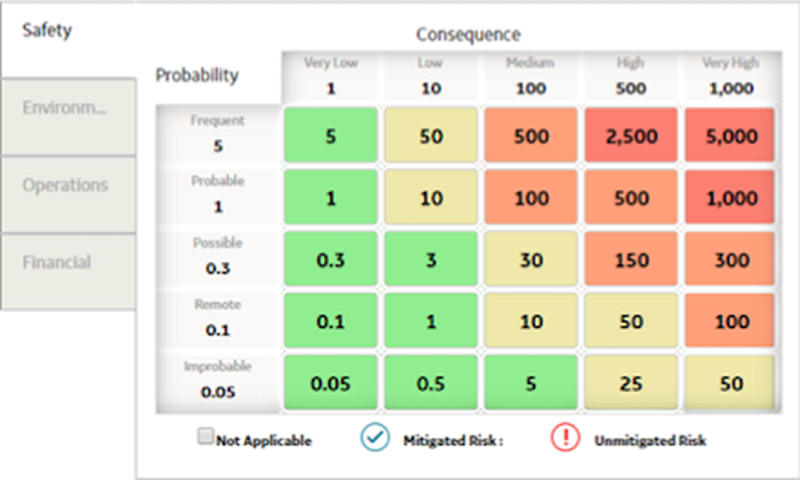
Figure 2: Typical risk matrix – probability and consequence of failure
Failure modes and effects analysis (FMECA) is used to assess the criticality based on failure modes and effects at the asset and component levels. Asset criticality is determined as a function of the product of failure frequency x consequence (safety, production, cost, environment) – risk. A high-level process followed to initiate ACA is depicted in Figure 3.
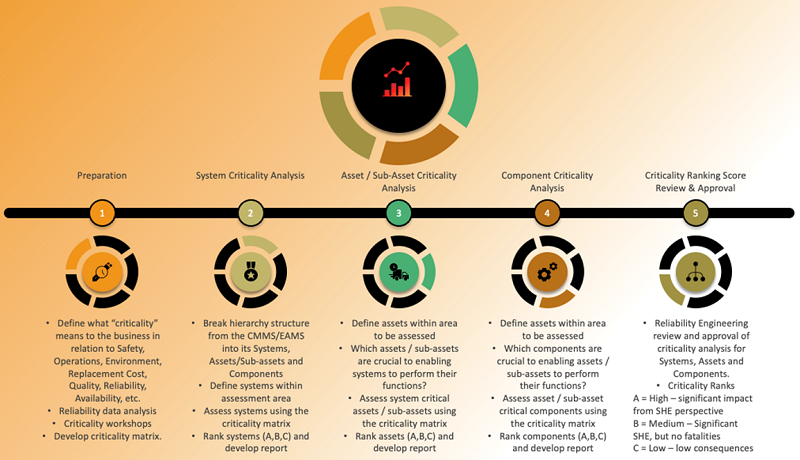
Figure 3: ACA process.
WHAT HAPPENS IN THE ABSENCE OF ASSET CRITICALITY ANALYSIS?
In the lack of or absence of an ACA, it is not uncommon to find the following, but not limited to:
- inefficient maintenance resources utilisation- efforts are spent on non-critical assets also, requiring additional resources to attend to the most critical assets
- excessively high maintenance costs - due to frequent spending on even the least business critical assets. It must be remembered that “maintenance is not free”
- overspending on spares and inventory - adding to the excessively high maintenance costs
- low asset reliability & availability - with finite resources and environment where “all assets are a priority” the most critical assets do not get the attention they deserve
Best performing organisations have a clear view and understanding of the criticality (high, medium, low) of their asset systems and avoid the pitfalls experienced by those organisations that haven’t conducted ACA.
EMERGING RESEARCH ON ALTERNATIVE APPROACHES TO ACA
Although research describes many methods for assessing equipment criticality and decision-making systems, it’s still not a simple task. First, in an asset criticality assessment process many different and interacting criteria have to be taken into consideration.
- Manufacturing industries use the following factors are key: redundancy, workload, production integrity, machine importance for a process, breakdown time and stability of the machine, sensitivity of operations, bottleneck and impact on throughput, and reliability.
- Mining and processing industries, key criteria can include safety, health, environment, production, environment, costs, brand reputation, etc.
- Healthcare industry, criteria such as: user competence and standards, performance assurance, support availability, clinical acceptability, recalls and hazard alerts and maintenance requirements, are used.
- In oil refineries, the following criteria is used: failure detection and failure severity.
Second, due to the quality and method of data acquisition there is a high level of uncertainty related to various parameters. Third, not all assessment criteria are equally important. Therefore, it is necessary to determine the weight of each criterion considering different requirements of equipment criticality process stakeholders. The criteria adopted for the evaluation may affect the final criticality, which often differ from one organisation to another.
Ratnayake (2013), has critiqued the traditional (FMECA) approach to criticality assessment that is predominantly based on subjective expert opinions stating that "when criticality assessment are performed using traditional qualitative criticality matrix, a suboptimal classifications tend to occur as there are no means to incorporate actual circumstances of boundary of the input ranges or at levels of linguistic data and criticality categories.” The contrast between quantitative and qualitative approaches in shown in Figure 4.
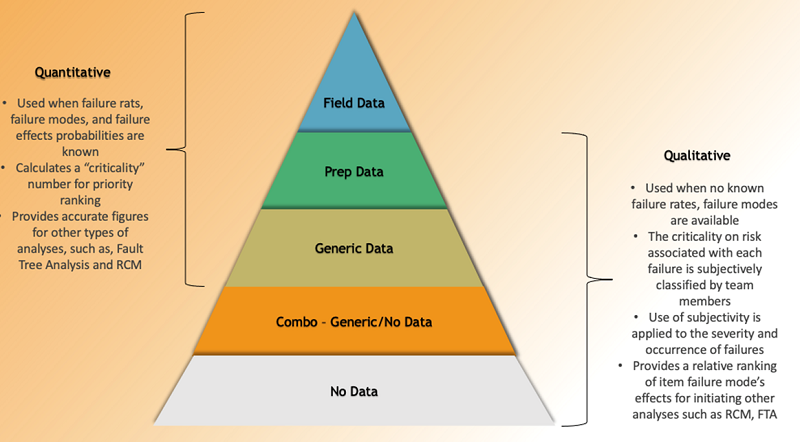
Figure 4: Contrast between quantitative and qualitative approaches to ACA.
ANALYTICAL PROCESS HIERARCHY (APH)
Many other methods have supplemented the traditional FMECA method, including multi-criterion decision-making methods, such as analytical hierarchy process (APH), to overcome the perceived challenges of this method. The APH method has been successfully applied to the classification of equipment in the thermal power plant, for prioritisation in the medical industry and machinery classification in the plastics processing industry.
The APH remains popular in literature because it is a significant improvement from FMECA qualitative criticality assessments that depend on the subjectivity of group decision-making as it can measure levels of inconsistencies in the judgements provided by the experts. However, despite the popularity of APH, it is often criticised for its inability to capture the subjectivity of human judgements, which is an essential part of group decision-making. It implies that the APH cannot be a standalone approach. It can be strengthened by combining it with other approaches that can capture subjectivity, such as the Delphi and Fuzzy logic methods. For example, Fuzzy logic can covert verbal assessments into crisp values where necessary.
FUZZY LOGIC
The application of Fuzzy logic (introduced by Zahed in 1965) can overcome the challenge of human judgement subjectivity, which is linked to imprecise reasoning in human judgement. It can provide rationality in the decision-making process. However, since Fuzzy logic is also limited as a standalone method because it cannot adequately measure the level of consistency in some datasets obtained from the judgement provided by expert opinions, it can also be supplements with other approaches especially when setting out baselines. It is, therefore, important for decision-makers to assess the type of data they seek to analyse and select combinations of effective approaches that can compensate for the weaknesses of others. The Fuzzy logic, although it presents some advantages, however, it is complex and difficult to advance as it requires some simulations before use.
FUZZY RISK-BASED MAINTENANCE (RBM)
Asset risk mitigation is important especially for on- and offshore industries like oil and gas, refineries and petrochemical industries to reduce the accident rate as well as the operation cost. Though there are many existing methods which can be used to identify the asset risk level, most of the approaches do not consider the uncertainties involved in the process operations. Therefore, modelling the asset risk using traditional Risk Based Maintenance (RBM) method and fuzzy RBM is very effective to incorporate the uncertainties in the system. A case study has been performed in a crude oil refinery. Both models have been developed considering several factors like maintenance cost, operational impact and flexibility, safety, and environmental impact for the failures of an asset and the unit has been found as non-critical in both approaches. A Fuzzy risk matrix has been developed describing the transitional conditions from one criticality level to another criticality level whereas two different risk matrixes are required for the traditional method without presenting any transition. The proposed model can be used to prioritize the assets according to their risk value which enables the preparation of the precedence list for acting.
CONCLUDING REMARKS
Understanding the criticality of your physical assets and their role in driving your organisation’s strategic objectives is key to effective risk management.
REFERENCES
- International Organization for Standardization. (2014). ISO55000:2014, Asset Management - Overview, Principles and Terminology. Geneva.
- International Organization for Standardization. (2009). ISO31000:2009, Risk Management – Principles and Guidelines. Geneva.
- Theoharidou, M., Kotzanikolaou, P., Gritzalis, D. (2009). Risk-Based Criticality Analysis. In: Palmer, C., Shenoi, S. (eds) Critical Infrastructure Protection III. ICCIP 2009. IFIP Advances in Information and Communication Technology, vol 311. Springer, Berlin, Heidelberg.
- Onawoga, D. T., Akinyemi, O., (2020). Development of Equipment Maintenance Strategy for Critical Equipment. Pacific Journal of Science and Technology, 11 (1): 328-342
- Iheukwumere-Esotu, L. O; Yunusa-Kaltungo, A., (2021). Knowledge Criticality Assessment and Codification Framework for Major Maintenance Activities: A Case Study of Cement Rotary Kiln Plant, Sustainability Journal, Vol 13.
- International Organization for Standardization. (2006). ISO14224:2006, Petroleum, petrochemical and natural gas industries — Collection and exchange of reliability and maintenance data for equipment. Geneva.
- Ratnayake, R.M.C. (2013). Plant systems and equipment maintenance: Use of fuzzy logic for criticality assessment in NORSOK standard Z-008. In Proceedings of the 2013 IEEE International Conference on Industrial Engineering and Engineering Management, Bangkok, Thailand; pp. 1468-1472.
- Zywica, P., Mazurkiewicz, D., Antosz, K. (2021). Framework of machine criticality assessment with criteria interactions. Maintenance and Reliability Journal, Vol 23, Issue 2: 207-220

